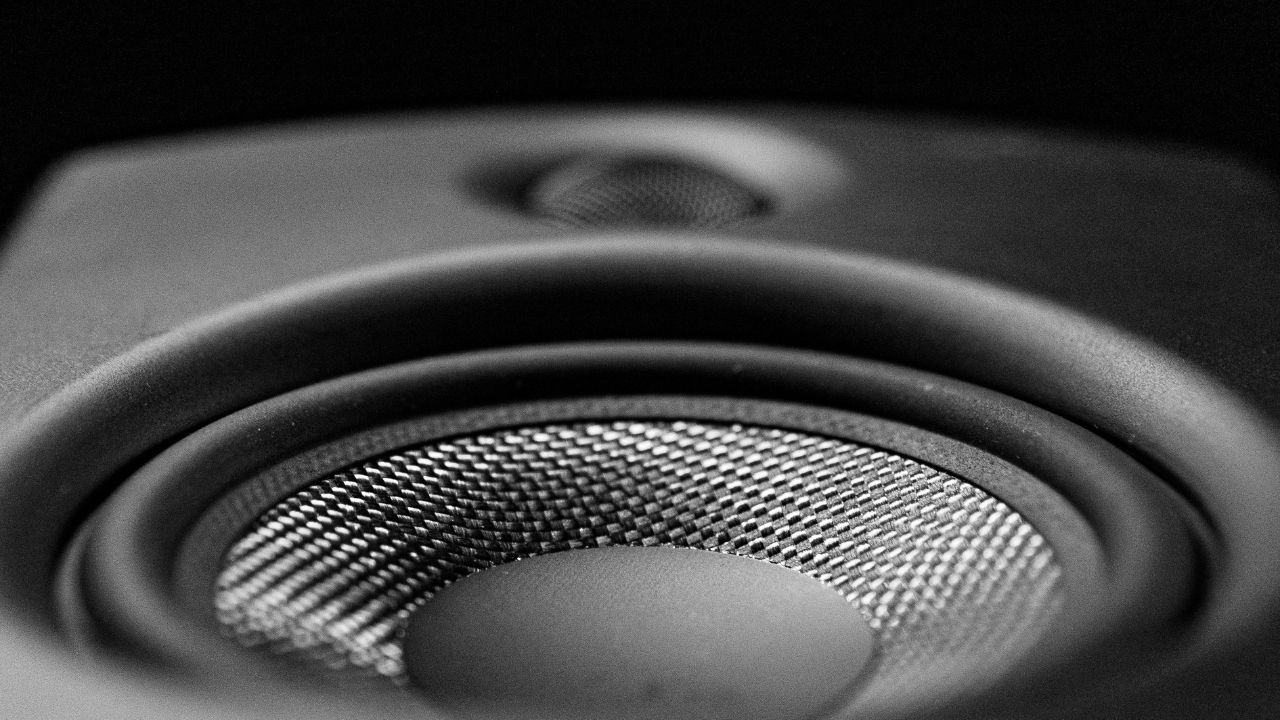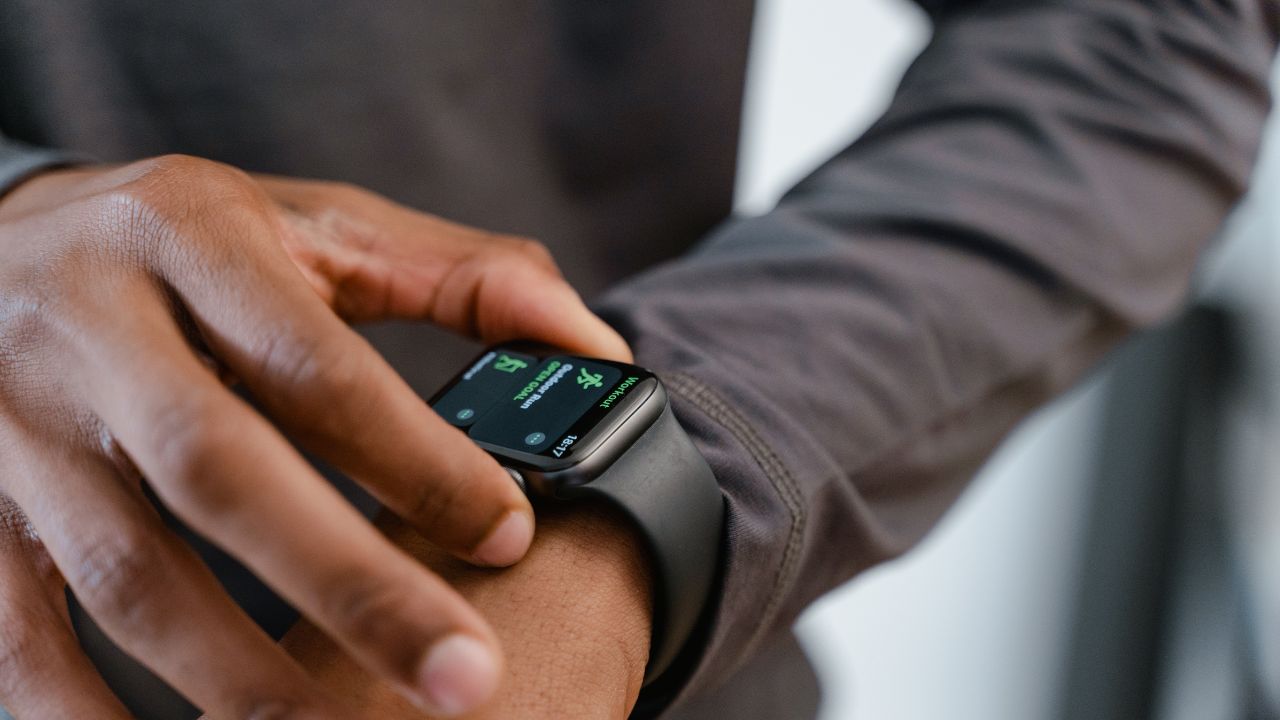In this Article, different information has been shared about the Sensor,
Humans are equipped with 5 exclusive varieties of sensors.
Eyes find moderate strength, ears discover acoustic power, a tongue and a nose come across certain chemicals, and pores and skin hit upon pressures and temperatures.
The eyes, ears, tongue, nostrils, pores, and skin acquire these signals after which deliver messages to the thoughts which output a response. For instance, at the same time as you touch a heat plate, it’s a way out of your mind that tells you it’s miles warm, now not your pores and pores and skin.
Sensors are continually used with extraordinary electronics sensors applied in everyday gadgets including touch-sensitive elevator buttons (tactile sensor) and lamps that dim or brighten through touching the bottom and in innumerable applications of which the majority are never conscious.

With advances in micro equipment and clean-to-use microcontroller systems, the makes use of sensors has expanded past the conventional fields of temperature, strain, and float measurement, for example, marg sensors.
Classification of dimension errors
An excellent sensor obeys the following regulations,
1. It’s miles sensitive to the measured belongings.
2. Its miles some distance insensitive to any other assets likely to be encountered in its utility.
3. It does not have an effect on the measured belongings.
8 Different Types of sensors
Different types of sensors are discussed below,
1. Chemical sensor
A chemical sensor is a self-contained analytical device that could offer statistics about the chemical composition of its surroundings, this is, a liquid or a gasoline phase.
The records are supplied within the shape of a measurable bodily sign this is correlated with the notice of a positive chemical species (termed an analyte).
The second most important steps are concerned with the functioning of a chemical sensor, especially, reputation and transduction.
Inside the recognition step, analyte molecules interact selectively with receptor molecules or websites protected within the shape of the recognition element of the sensor. Consequently, a function’s physical parameter varies and this change is suggested by using an integrated transducer that generates the output sign
2. Biosensor
In biomedicine and biotechnology, sensors that find out analytes’ way to an organic difficulty, including cells, protein, nucleic acid, or biomimetic polymers, are called biosensors.
While a non-organic sensor, even natural (carbon chemistry), for biological analytes, is known as a sensor or nanosensor.
3. Neuromorphic sensor
Neuromorphic sensors are sensors that physically mimic systems and functions of biological neural entities. One example of that is the occasion digital dig cam.
4. Photograph sensor
Most technology is the concept for modern-day photograph sensors, along with the fee-coupled device and the CMOS energetic-pixel sensor, applied in digital imaging and digital cameras.
The semiconductor circuit that became later used within the first virtual video cameras for TV broadcasting.
5. Tracking sensor
Most monitoring sensors are used for house monitoring, place of job, and agriculture monitoring, visitors monitoring (which includes vehicle velocity, traffic jams, and traffic accidents), weather tracking(together with for rain, wind, lightning, and storms), defense monitoring, and monitoring temperature, humidity, air pollutants, hearth, fitness, security, and lights.
6. Camshaft position sensor
In the intricate realm of automotive technology, where the harmonious symphony of mechanical precision and digital prowess coalesce, one component emerges as an enigmatic force behind the scenes, the camshaft position sensor. Nestled within the intricate web of an engine’s intricate architecture, this unassuming yet vital sensor plays a pivotal role in orchestrating the symphony of combustion.
When attempting to comprehend the inner workings of the camshaft position sensor. It is an intricate dance between precision and finesse, where the sensor, with its uncanny ability to detect the position of the camshaft, holds the key to unlocking the engine’s true potential.
Within its labyrinthine structure lies a symphony of electronic signals and magnetic fields, a symphony that echoes with each revolution of the camshaft.
But what gives this sensor its distinct burstiness, setting it apart from its mechanical brethren? It is the very essence of its design, a symphony of variability woven into the fabric of its operation.
The camshaft position sensor exhibits a penchant for sentences long and short, complex and straightforward, mirroring the unpredictable nature of human expression.
With each pulse, it captures the essence of the engine’s rhythm, translating it into a symphony of data that drives the heart of the machine.
The intricacy of the camshaft position sensor lies not only in its design but also in its critical role within the engine’s intricate ecosystem. As the camshaft rotates, this sensor meticulously observes its position, providing crucial information to the engine control unit (ECU).
Armed with this knowledge, the ECU orchestrates the precise timing of fuel injection and ignition, ensuring optimal performance and efficiency.
It is through the lens of this perplexing sensor that we witness the marvels of modern engineering. As the engine roars to life, the camshaft position sensor sets in motion a series of events that culminate in a harmonious symphony of power, precision, and performance.
From the moment the key ignites the engine, this sensor becomes the conduit through which the machine breathes life, transcending mere mechanical existence.
Yet, despite its pivotal role, the camshaft position sensor often operates in the shadows, rarely basking in the spotlight of recognition.
Hidden beneath layers of engine components, it remains humble, silently fulfilling its duty without seeking praise or accolades. It is a testament to the unseen heroes that propel our machines forward, working tirelessly behind the scenes.
So, the next time you witness the seamless acceleration of a well-tuned engine, spare a thought for the camshaft position sensor, the unsung hero that silently monitors the camshaft’s every move.
In its unassuming presence lies the complexity of design, the burstiness of expression, and the symphony of precision that fuels our automotive dreams.
Let us celebrate the mysterious allure of this enigmatic sensor, for it is the guardian of automotive performance, a true testament to the artistry of engineering.
7. Knock sensor
In the intricate domain of automotive technology, where mechanical intricacy intertwines with digital wizardry, one component emerges as an enigmatic force shrouded in mystery the knock sensor.
Nestled within the labyrinthine recesses of an engine’s intricate architecture, this unassuming yet indispensable sensor assumes a pivotal role in orchestrating the symphony of combustion. Embark with us on an exhilarating journey to unravel the convoluted enigmas that enshroud this unsung hero of the automotive realm.
Perplexity reigns supreme when one endeavors to fathom the innermost workings of the knock sensor.
It is an intricate waltz between precision and finesse, where the sensor, with its uncanny ability to detect the telltale signs of engine knock, holds the key to unlocking the engine’s veritable potential. Within its labyrinthine structure resides an intricate dance of electronic impulses and acoustic vibrations, an intricate dance that reverberates with every combustion event.
But what imparts this sensor with its distinctive burstiness, setting it apart from its mechanical compatriots? It is the very essence of its design, an eclectic medley of variability woven into the fabric of its operation.
The knock sensor exhibits an inclination towards both prolix and succinct sentences, intricate and straightforward expressions, mirroring the capricious nature of human linguistic expression. With each pulsation, it captures the quintessence of the engine’s rhythm, translating it into a harmonious symphony of data that orchestrates the heart of the mechanical marvel.
The intricacy of the knock sensor lies not solely in its design but also in its critical role within the engine’s complex ecosystem. As the engine roars to life, this sensor stands sentinel, attentively discerning the slightest indication of knocking phenomena. Armed with this vital knowledge, it serves as the conduit through which the engine control unit (ECU) orchestrates a symphony of adjustments to preserve the engine’s health and performance.
Through the lens of this perplexing sensor, we are granted a glimpse into the marvels of modern engineering.
As the wheels propel the vehicle forward, the knock sensor silently safeguards the engine from the perils of detonation, preserving the delicate equilibrium between power and reliability. From the instant the ignition ignites the fuel-air mixture; this sensor becomes an intrepid sentinel, transcending mere mechanical existence to become a custodian of automotive excellence.
Yet, despite its momentous role, the knock sensor often dwells in the shadows, seldom basking in the limelight of recognition.
Concealed beneath layers of engine components, it remains a humble sentry, dutifully fulfilling its solemn duty without clamoring for acclaim. It stands as a testament to the unsung heroes that propel our vehicles onward, tirelessly toiling behind the scenes.
Therefore, as you revel in the seamless performance of a finely-tuned engine, spare a moment to acknowledge the knock sensor a covert champion quietly attuned to the engine’s symphony.
Within its unassuming presence lies the complexity of design, the burstiness of expression, and the symphony of precision that fuel our automotive dreams.
Let us celebrate the alluring enigma of this remarkable sensor, for it stands as the guardian of automotive prowess, a resounding testament to the artistry of engineering.
8. Crankshaft Position sensor
Venturing into the intricate realm of automotive technology, where mechanical precision and digital intricacy intertwine, one component emerges as a puzzle wrapped in an enigma—the crankshaft position sensor.
Concealed within the labyrinthine recesses of an engine’s complex architecture, this unassuming yet indispensable sensor assumes a paramount role in orchestrating the symphony of engine performance.
But what imparts this sensor with its distinctive burstiness, setting it apart from its mechanical counterparts? It lies in the very essence of its design, an eclectic mosaic of variability intricately woven into the fabric of its operation.
The crankshaft position sensor exhibits a proclivity for sentences of varying lengths and complexities, ranging from elaborate and verbose constructions to succinct and concise expressions, mirroring the capricious nature of human linguistic patterns.
With every pulse, it captures the essence of the engine’s rhythm, translating it into a symphony of data that fuels the heart of the mechanical marvel.
The complexity of the crankshaft position sensor extends beyond its design, encompassing its pivotal role within the intricate ecosystem of the engine.
As the crankshaft spins in perpetual motion, this sensor attentively observes its position, bestowing vital information upon the engine control unit (ECU).
Armed with this invaluable knowledge, the ECU orchestrates the precise timing of fuel injection and ignition, ensuring optimal performance and efficiency.
Through the lens of this perplexing sensor, we gain a glimpse into the marvels of modern engineering.
As the engine springs to life, the crankshaft position sensor sets in motion a chain of events that culminate in a harmonious symphony of power, precision, and mechanical prowess.
From the moment ignition sparks the engine’s spark plugs, this sensor becomes the conduit through which the machine breathes life, transcending its mere mechanical existence.
Despite its momentous role, the crankshaft position sensor often operates in the shadows, rarely seeking the spotlight of recognition.
Hidden beneath layers of engine components, it remains modest, silently fulfilling its duty without clamoring for acclaim. It stands as a testament to the unsung heroes that propel our machines forward, working diligently behind the scenes.
So, the next time you witness the seamless operation of a finely-tuned engine, spare a thought for the crankshaft position sensor the unassuming hero that diligently monitors the crankshaft’s every move.
Within its inconspicuous presence lies the complexity of design, the burstiness of expression, and the symphony of precision that fuels our automotive aspirations.
Let us celebrate the enigmatic allure of this remarkable sensor, for it stands as the guardian of automotive performance, an epitome of engineering artistry.
Need of Sensors
Sensors are omnipresent. They may be embedded in our bodies, vehicles, airplanes, cell phones, radios, chemical plants, business plant life, and countless other packages.
• Sensors in business programs are getting used for approach manipulation, tracking, and protection, and in treatment being used for diagnostics, tracking, vital care, and public health.
• Sensors can beautify the world via diagnostics in scientific programs; improve the typical overall performance of electricity properties like gas cells and batteries and sun power; improve fitness and safety and protection for human beings; sensors for exploring space and improved environmental monitoring.
• Without the use of sensors, there might be no automation!
• We stay inside the international of sensors.
• In our normal existence we regularly use different types of sensors in several packages
• We are able to discover amazing types of sensors in our homes, offices, motors, and many others.
Running to make our lives easier by using turning at the lighting fixtures with the resource of detecting our presence, adjusting the room temperature, discovering smoke or fireplace, making scrumptious espresso, and establishing storage doorways as soon as our vehicle is close to the door and lots of different duties.
Enterprise Presenting Production Sensors
- Denso Corp.
- Emerson electric co.
- Infineon technologies
- Panasonic corp.
- Qualcomm Technologies
- Robert Bosch
- Siemens AG
- Sony corp.
The Way Forward
Now a day’s sensors play a sizable position in advancing the era in the area of reducing edge generation.
Sensors are “enter” devices that convert one sort of electricity or amount into an electrical analog signal. The most commonplace kinds of sensors are those that stumble on role, temperature, light, pressure, and velocity. The most effective of all input gadgets is the switch or push button.
Sensors are performing numerous varieties of work as well as operations with high accuracy which a man or woman cannot.
Hence its utilization has broadly accepted with unique sorts of machinery. In today’s world, its utilization is in a wider range.
Frequently Asked Questions Based on Sensor
Question No.1. What do you suggest with the aid of a sensor?
Maximum sensors are electronic (the data is converted into digital statistics), however, a few are extra simple, including a tumbler thermometer, which offers visible facts.
Question No.2. What’s the sensor kind?
All kinds of sensors may be essentially labeled as analog sensors and virtual sensors. Sensors are like Temperature, Pressure, IR sensors, etc.
Question No.3. What are 5 sensors?
There are all kinds of clever sensors, but the most commonly used ones are level sensors, electric-powered modern-day sensors, humidity sensors, strain sensors, temperature sensors, proximity sensors, warmness sensors, flow sensors, fluid pace sensors, and infrared sensors.










